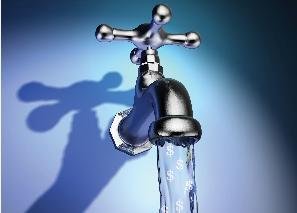

Water in Space
At H2Bid, we enjoy telling our readers about new challenges in water management, innovative technologies that could address the planet’s water needs and issues that relate to wastewater management. To start 2012, however, we’d like to expose our readers to a new topic - water in space. The search for water on Mars has been in the news a great deal in the pat few years with NASA’s twin rovers looking for evidence of ancient lakes and oceans on the red planet. In the context of Mars, finding water is critical to understanding if life could have once existed on Mars. Mars is only one facet in the broader search for water in space, however.

Oregon Moving to Implement New Water Pollution Standards
The State of Oregon recently established the strictest guidelines for water pollution in the United States. The revised standards are aimed to protect people who consume fish as a large portion of their diet. Oregon’s Native American population is partly behind the push to decrease tolerance for contaminants in water; most tribes in the area have a long tradition of fishing that predates the settling of the area by Europeans.
